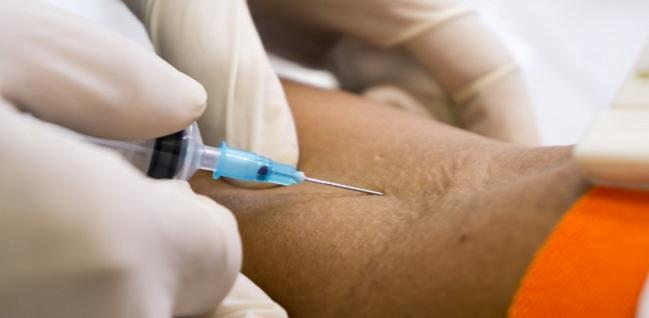Elevated Non-HDL Cholesterol Levels Persist From Youth to Middle Age
Earlier detection of non-HDL cholesterol levels can enhance primary prevention, researchers suggest.

A retrospective analysis of the Framingham Offspring study suggests that higher levels of non-HDL cholesterol at a young age are highly predictive of elevated levels at midlife.
Authors say their findings support a strategy of checking non-HDL cholesterol levels early on in order identify candidates for LDL cholesterol-lowering strategies—especially nonpharmaceutical options—at a younger age.
“Clinical practice is mainly based on calculated cardiovascular risk for people who are 40 or older,” lead author Karol M. Pencina, PhD (Brigham and Women’s Hospital, Boston, MA), told TCTMD. “Not much attention is given to younger individuals because their calculated risk is very low.”
Moreover, patients typically aren’t eligible for primary prevention medications until after age 60, the authors note.
“[Cardiovascular] risk doesn’t really go up until the age of 55 or 60,” explained senior author Allan D. Sniderman, MD (McGill University, Montreal, Canada). “And yet about half of heart attacks and strokes occur before the age of 65. We’re trying to develop strategies to identify people who would not necessarily qualify by risk but who are at high risk.”
Cholesterol Changes?
The analysis, published in the July 9, 2019, issue of the Journal of the American College of Cardiology, combined data from two Framingham Offspring cohorts, using baseline or second-visit levels of non-HDL cholesterol, as well as measurements in the same individuals taken at their eighth or ninth follow-up visit.
Study participants were between the ages of 25 and 40 and free of CVD or diabetes when they were enrolled in the 1970s or 1980s. Their initial levels of non-HDL cholesterol were compared to those 25 years later, creating a total of 2,516 matched records.
Two striking findings emerged. In all, 80% of people with non-HDL cholesterol ≥ 160 mg/dL at either of their first two exams were in the same higher-risk category 25 years later, and 88% of people with non-HDL cholesterol ≤ 130 mg/dL were still below 160 mg/dL by middle age. In addition, individuals with high non-HDL cholesterol at baseline had a 22.6% risk of CVD in the next 25 years, compared with a 6.4% risk in those with low levels.
If these [high non-HDL cholesterol] people were treated at age 35, we would only have to treat eight of them to prevent one heart attack or stroke. Allan D. Sniderman
“In this study, what we do report is that if these [high non-HDL cholesterol] people were treated at age 35, we would only have to treat eight of them to prevent one heart attack or stroke,” Sniderman emphasized. “An NNT of 8 is extremely low—very effective, in other words.”
Shuaib M. Abdullah, MD (University of Texas Southwestern Medical Center, Dallas) and colleagues have also examined the association between high LDL cholesterol and non-HDL cholesterol levels and CVD mortality. Commenting on the new study for TCTMD, Abdullah observed, “What this paper adds is that it shows that having a high cholesterol level at a young age means that unless you do significant interventions you’ll still have high cholesterol in your 60s and 70s.”
“There’s a little bit of controversy about when adults should start getting screened,” Abdullah continued. “This suggests that young adults [ages 20 to 35] should get at least one or two lipid profiles during that age range. . . . I’m not saying everyone should be on statins at that early age, especially [for] women, [since] statins are contraindicated in pregnancy . . . [but] if you have high cholesterol, even in your 20s or 30s, lifestyle interventions such as diet and exercise should be promoted to decrease your future risk.”
Marcus A. Banks is the 2019 recipient of the Jason Kahn Fellowship in Medical Journalism. He is currently a master’s…
Read Full BioSources
Pencina KM, Thanassoulis G, Wilkins JT, et. al. Trajectories of non-HDL cholesterol across midlife: implications for cardiovascular prevention. J Am Coll Cardiol. 2019;74:70-79.
Disclosures
- Pencina reports having received funding from the Doggone Foundation/McGill University Health Centre.
- Sniderman and Abdullah report no relevant conflicts of interest.


Comments